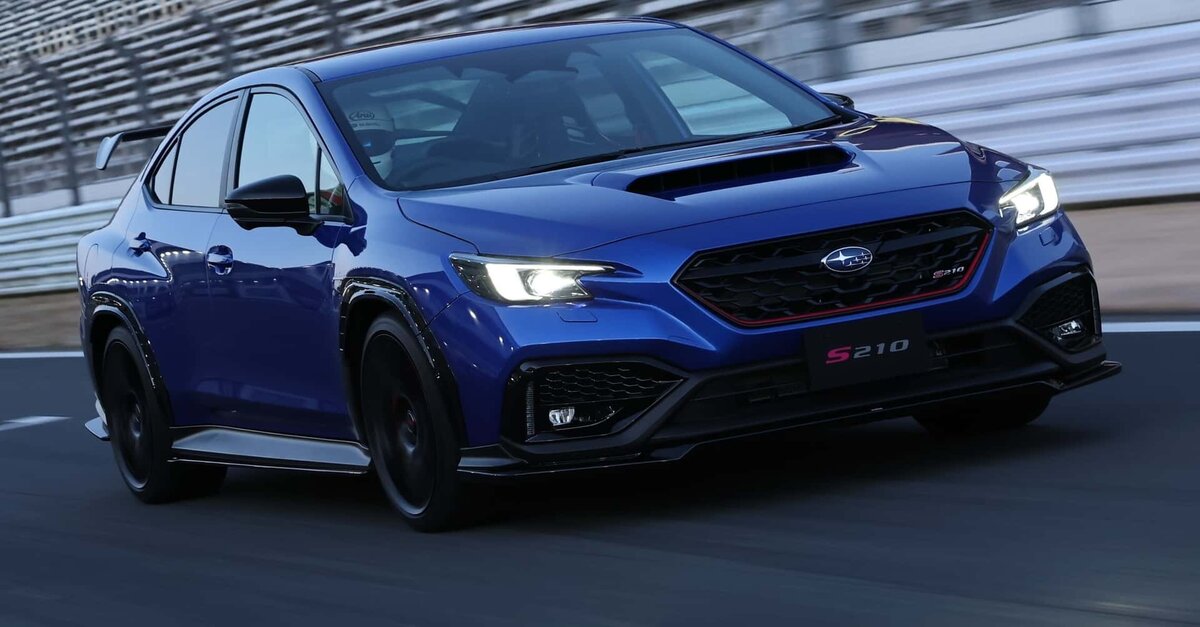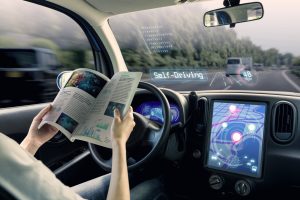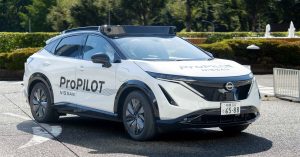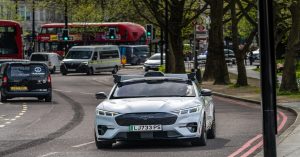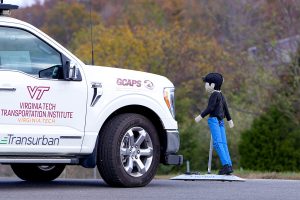Subaru is advancing the capabilities of its next-generation EyeSight driver assistance system by adopting Hewlett Packard Enterprise’s (HPE) Cray XD670 servers. This move is set to significantly boost the automaker’s AI model training and image recognition development as it pursues safer, more intelligent vehicles.
The newly integrated servers will serve as the foundation of Subaru’s upgraded AI computing environment, offering the performance needed to process vast volumes of image data captured through stereo cameras. With their GPU-rich architecture and direct liquid cooling for enhanced efficiency, the HPE Cray XD670 systems are expected to double the computing power of Subaru’s previous infrastructure.
Subaru’s next-gen EyeSight system is being designed to not only detect objects on the road but also accurately measure their distance and classify them using advanced AI models. This dual function will allow for more precise real-time decision-making in complex driving environments, increasing safety for both drivers and pedestrians.
“We now have the tools to fully utilize our GPU resources and speed up the entire development process,” said Takashi Kanai, Deputy Chief of Subaru Lab and General Manager of Subaru’s ADAS development division. “This environment gives us the flexibility and performance to refine our AI algorithms more efficiently than ever.”
At the heart of the EyeSight development process is data — specifically, real-world driving footage. Subaru’s engineers are capturing high-resolution video from test drives conducted in varied global conditions. This data is then used to train and optimize deep learning models that power the driver assistance features. By processing this data on-site using HPE’s hardware, Subaru can avoid latency and security issues often associated with cloud-based AI training.
The Cray XD670 system, equipped with eight Nvidia H200 GPUs, is built for high-performance workloads in AI, deep learning, and computer vision. Its capabilities make it a strong fit for the intensive demands of autonomous vehicle research.
HPE executives have expressed pride in the collaboration. “Subaru’s long-standing dedication to vehicle safety aligns with our commitment to pushing the limits of AI computing,” said Hirokazu Mochizuki, Senior Vice President and Managing Director of HPE Japan. “We’re proud to support their mission to reduce traffic accidents and bring advanced safety features to the road.”
Subaru’s safety philosophy, known as “All-Around Safety,” guides its approach to automotive innovation. This philosophy spans primary, active, preventive, passive, and connected safety domains. The EyeSight system is a key component of that strategy, with past versions already showing a significant reduction in rear-end collisions.
By combining its safety-focused engineering with cutting-edge AI infrastructure, Subaru is taking a bold step toward a future where intelligent vehicles offer more than just transportation — they provide peace of mind.

